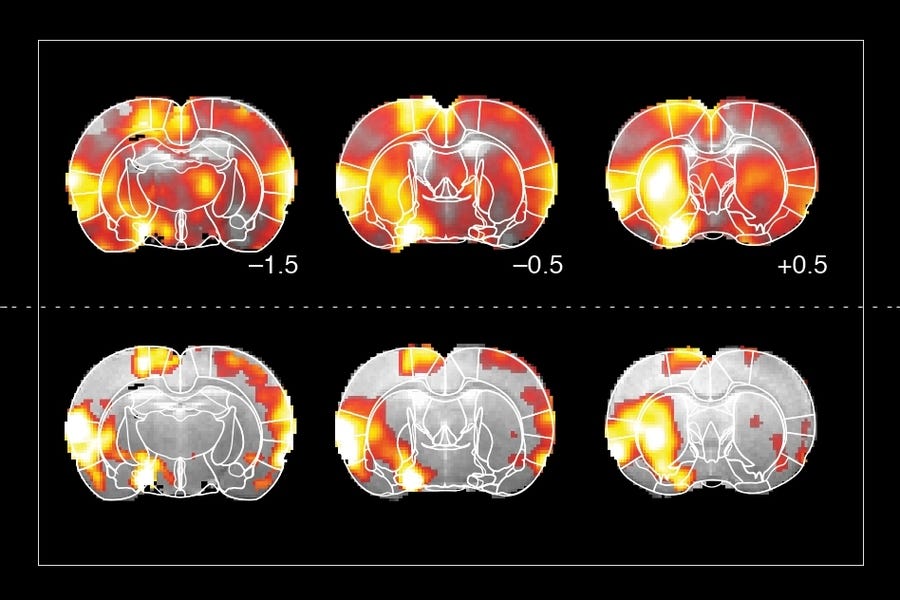The 8 Reasons People Pay for Substack Subscriptions and the Neuroscience Behind It
+ WEEKLY THREAD! Newbies, introduce yourselves. Veterans, say hello.
Come on a waljogrun (walk-jog-run) with me to hear me read and riff on the post, plus bonus material here. ↑
I want you to have lots of paid subscribers—if that’s what you want. I’ve said many times that everyone deserves to be paid for their work, from McDonald’s to Substack.
Those in the Substack Advice Industrial Complex give you the same recycled internet advice: run sales, create scarcity, FOMO.
But Substack is—and always has been–different. Earning an income on here requires way more than surface-level tactics. It’s deeply rooted in having the right foundation and knowing your Substack DNA.
Below:
The 8 reasons people pay for subscriptions
The neuroscience behind it, so we can understand our subscribers and meet them where they are, not try to mindgame them
What to do differently in light of it
The big 3: oxytocin, endorphins, dopamine
We live by what’s called the motivational triad. Evolutionarily, we’re designed to seek pleasure, avoid pain, and maintain homeostasis. (So if you don’t feel like writing your Substack or posting, you are a completely normal human.)
Every subscription decision runs through three neurotransmitters:
Oxytocin = Trust, connection, relationship, tribal belonging
Endorphins = Relief, pleasure, sense of progress
Dopamine = Anticipation, reward prediction, motivation, learning from past experiences
The 8 reasons do (and don’t) people pay for Substack subscriptions
1: Habit loops
The old approach to developing your paid offer was to give people as much and as much variety as possible. Not anymore. People are busy. Their inboxes are full.
The neuroscience: We want our posts to be a habit loop for our subscribers that triggers dopamine (anticipation) + oxytocin (familiarity).
A consistent post structure, e.g., the same opening, a recognizable format, a familiar voice = oxytocin bond
Unpredictable topics = sustained interest without habituation
(In December, Premier Members will be creating a personalized structure for your posts.)
2: Specific calls to action (CTAs)
I want you to think about anticipated rewards based on past experiences in terms of your calls to action (CTAs). Your CTA is the phrasing you have around your subscribe button. Write your own compelling, original CTA. No defaults. No ChatGPT. Yours.
The neuroscience: (learned reward patterns) Your brain’s dopamine system learns from past subscriptions. If readers paid for newsletters before and got burned, the caudate nucleus stores: “Paid subscriptions = disappointment.”
When they see This is a reader-supported publication. Consider becoming a free or paid subscriber (Substack’s default), their brain connects it to every other disappointing subscription with that exact CTA.
3: Identity alignment
People don’t just buy subscriptions. They invest in them.
The neuroscience: Those subscriptions can function like an identity and sense of tribal belonging, triggering a healthy dose of oxytocin.
Substack’s new (kind of creepy) paid-subscriber flower badges reinforce this. You receive a badge for each of the Substacks you pay to subscribe to. Comps and gift subscriptions don’t count.
*You can hide your badge and the Substacks you subscribe to. (Profile → Edit → Subscriptions, or by tapping your own badge → “...” → Edit subscription visibility)





